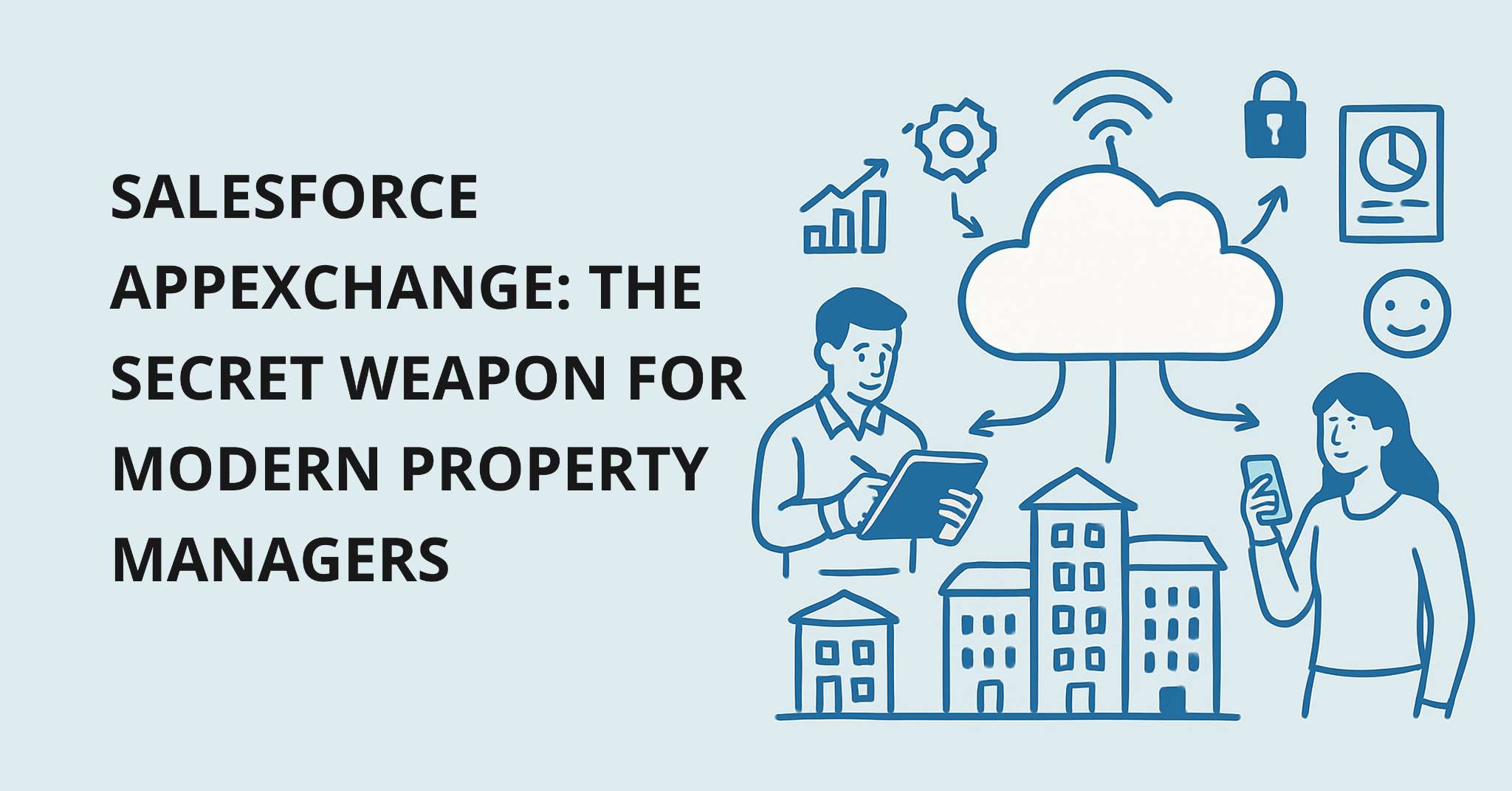Running a hospitality operation is no easy feat. There are so many moving parts to keep track of, from occupancy rates and guest satisfaction to marketing strategies and operational efficiency. But among all the metrics and KPIs out there, there's one that really shines as a true indicator of your business's health and performance – RevPOR, or Revenue Per Occupied Room.
While RevPOR seems like an intricate industry term used only by C-suite big-wigs, it is by no means meaningless. The metric is among the most powerful tools in a hospitality leader's arsenal, providing insights that drive strategic decision-making and fuel your property's success.
Let’s take a deep dive into the world of RevPOR – what it is, how it differs from other key performance indicators, and why it's the metric that's going to take your hospitality business to new heights.
What is RevPOR?
Revenue Per Occupied Room is a performance metric that measures the revenue generated per room that is actually occupied by a guest. It's a way to gauge how much money you're making from the rooms that are being used, as opposed to just looking at the overall revenue or the revenue per available room (RevPAR).
To calculate RevPOR, take your total room revenue and divide it by the number of occupied rooms. For example, if your hotel generated $100,000 in room revenue and had 80 occupied rooms, your RevPOR would be $1,250 ($100,000 / 80 rooms).
You might be wondering, "Why does RevPOR matter? Isn't total revenue the most important thing?" Well, not quite. RevPOR gives you a much more granular and meaningful picture of your property's performance. It allows you to see how efficiently you're generating revenue from the rooms that are actually being used, rather than looking at the top-line numbers.
What's the Difference Between RevPOR and RevPAR?
RevPAR, or Revenue Per Available Room, measures the revenue generated per room available, regardless of whether or not it's occupied. It's calculated by taking the total room revenue and dividing it by the total number of available rooms.
Let’s say your hotel has 100 rooms and you generated $100,000 in room revenue. Your RevPAR would be $1,000 ($100,000 / 100 rooms).
Here's where RevPOR comes into play. While RevPAR gives you a sense of how your rooms are performing overall, RevPOR takes it a step further by focusing solely on the rooms your guests pay for. It's a more precise metric that provides insights into the efficiency of your room revenue generation.
Think of it this way – if you have two hotels with the same RevPAR, but one has a higher occupancy rate, the one with the higher occupancy is likely generating more revenue per occupied room (i.e., a higher RevPOR). This information can be invaluable when it comes to making strategic pricing decisions, optimizing your room inventory, and identifying opportunities for improvement.
What's the Difference Between RevPOR and ADR?
While ADR, Average Daily Rate, gives you a snapshot of your average room rate, RevPOR factors in both your room rate and your occupancy. It's a more holistic metric that provides insight into the actual revenue you're generating per occupied room.
If your hotel generated $100,000 in room revenue and sold 80 rooms, your ADR would be $1,250 ($100,000 / 80 rooms).
You could have two hotels with the same ADR, but one might have a higher occupancy rate. The hotel with the higher occupancy would naturally have a higher RevPOR, since it's generating more revenue from the rooms that are occupied.
By tracking both ADR and RevPOR, you can get a well-rounded understanding of your property's performance and identify areas for improvement. Maybe you need to focus on driving up your room rates. Or perhaps you should shift your attention to boosting occupancy. Either way, RevPOR is the key to unlocking those insights and making data-driven decisions.
Putting It All Together: Maximizing the Power of RevPOR
Now that you've got a solid grasp on what RevPOR is and how it differs from other performance metrics, it's time to start putting this powerful tool to work for your hospitality business.
Track your RevPOR religiously. Monitor it on a daily, weekly, and monthly basis, and compare it to your historical data and industry benchmarks. Doing so gives you a clear picture of your property's strengths, weaknesses, and opportunities for improvement.
Use RevPOR to inform your pricing and revenue management strategies. Identify the room types, days of the week, or seasons that are generating the highest RevPOR, and adjust your rates accordingly. This strategy maximizes the revenue you're earning from your occupied rooms.
Keep a close eye on your occupancy rates. Remember, RevPOR takes both room rates and occupancy into account, so finding ways to boost occupancy can have a significant impact on your RevPOR.
Use RevPOR as a benchmark for evaluating the success of your marketing and sales efforts. If you're seeing a sustained increase in RevPOR, it's a good indication that your strategies are resonating with your target audience and driving more revenue through the rooms you have available.
Struggling with outdated software and frustrating bottlenecks? Discover a smarter way to manage your property with Booking Ninjas. Explore the difference by requesting a playground.






_-_A_Complete_Guide.png)











+for+Hotel+Chains.png)
